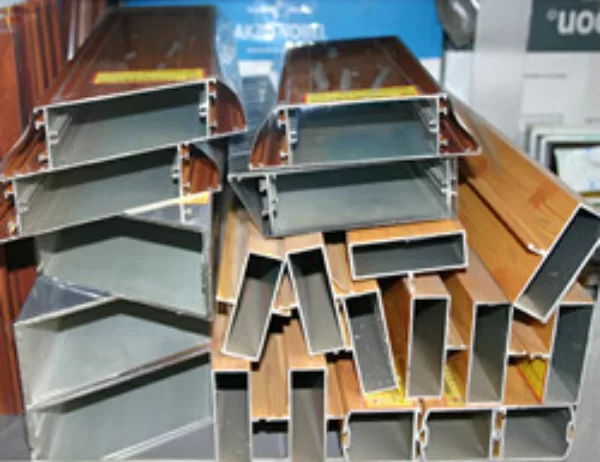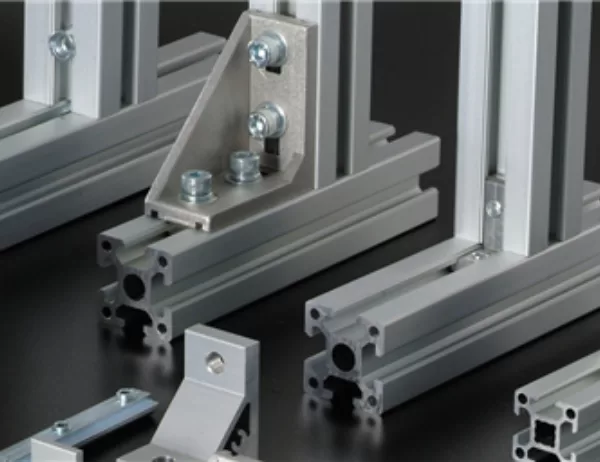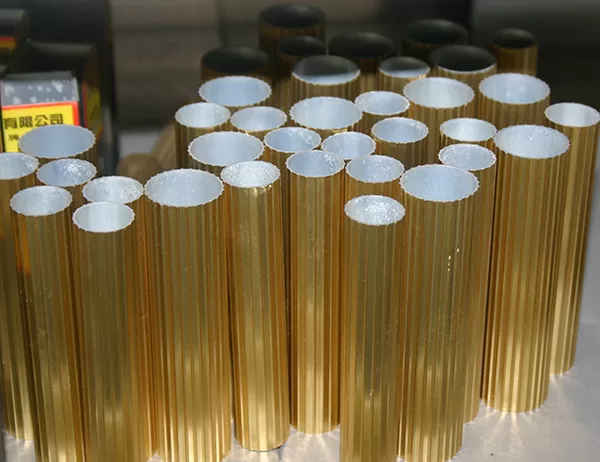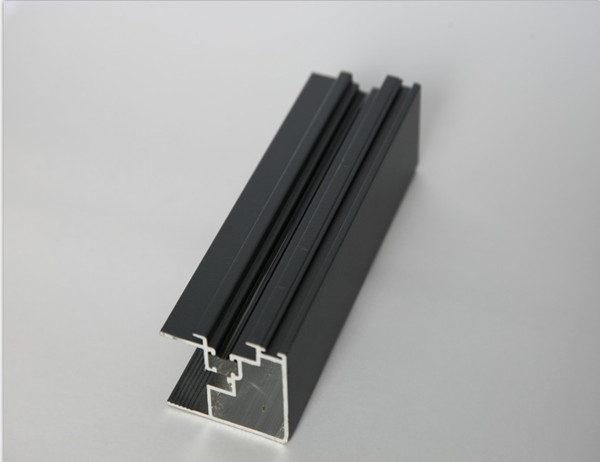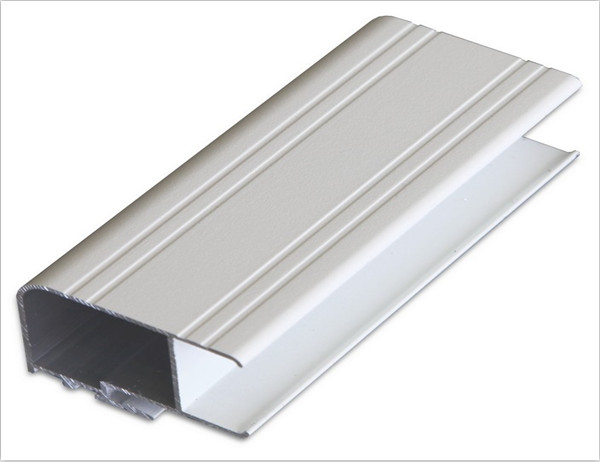In the realm of metal fabrication, coil cut-to-length machines play a vital role, transforming coiled metal into precise lengths for various applications. Maintaining the longevity of this equipment is paramount to ensure optimal performance and extend its service life. Here are comprehensive guidelines to help you preserve the health of your coil cut-to-length machine:
Daily Inspections: Begin each day with a thorough visual inspection, checking for loose connections, leaks, and any signs of wear or damage. Address any issues promptly to prevent escalation.
Scheduled Lubrication: Adhere to the manufacturer’s recommended lubrication schedule, using high-quality lubricants specifically designed for coil cut-to-length machines. This reduces friction, minimizes wear, and extends component life.
Preventative Maintenance: Conduct periodic maintenance intervals, such as cleaning and replacing filters, inspecting bearings, adjusting tension settings, and calibrating sensors. These measures proactively prevent major breakdowns and ensure smooth operation.
Clean and Dry Environment: Operate the machine in a clean and dry environment to prevent the accumulation of dust, dirt, and moisture. Maintain appropriate temperature and humidity levels to minimize corrosion and extend component longevity.
Proper Storage: When not in use, store the machine in a protected location, such as a warehouse or covered area. Protect it from direct sunlight, extreme temperatures, and moisture to prevent deterioration.
Qualified Operators: Ensure that only trained and qualified operators use the machine. Proper handling and operation techniques contribute significantly to its longevity.
Material Handling: Use caution when loading and unloading coils, following the manufacturer’s instructions to prevent damage to the machine or the material.
Careful Adjustments: Adjust the machine settings gradually and carefully, avoiding sudden or excessive force that can strain components.
Error Codes and Alerts: Monitor the machine closely for error codes or alerts. Respond promptly to any indicators of potential issues to prevent further damage.
Minor Repairs: Address minor repairs as soon as they arise, such as tightening loose screws or replacing worn seals. Prompt attention prevents small problems from escalating into major failures.
Major Overhauls: When necessary, have the machine inspected and overhauled by a qualified technician. This includes complete disassembly, cleaning, inspection, and replacement of worn or damaged components.
Performance Monitoring: Track machine performance metrics, such as cycle time, accuracy, and downtime. Identify areas for improvement and adjust maintenance schedules accordingly.
Data Analysis: Analyze maintenance logs, error reports, and performance metrics to identify trends and potential risks. This data helps optimize maintenance intervals and predict future issues.
Collaboration with Suppliers: Maintain a strong partnership with the machine supplier for regular updates, technical support, and access to the latest maintenance recommendations.
